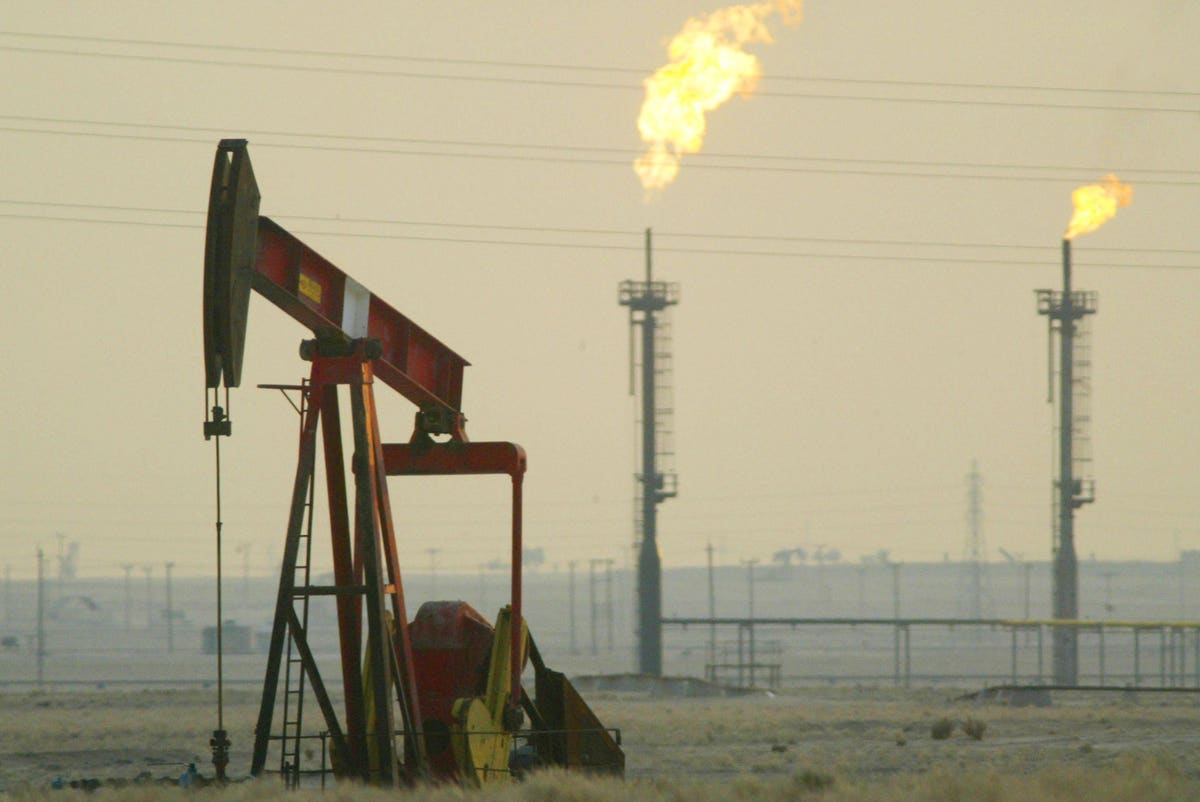Inflation seems to be dropping like a stone, but the big question is why? It isn’t the work of the Federal Reserve’s monetary policy, new research shows.
The truth is energy is the key driver, according to a soon-to-be-published draft paper from financial analytics firm HCWE & Co.
“It’s easy to under-appreciate the influence that energy, notably crude oil, has on price indexes, in the short term,” states the draft paper authored by David Ranson, research chief at the company. “But it’s massive.”
For sure the recent history shows that U.S. inflation has fallen substantially over the last year or so. That coincides with the Fed raising the cost of borrowing money.
Inflation registered 3.2% in July, down from 8.3% last August, according to data collated by financial website TradingEconomics.com.
However, that drop also happened while the price of Brent Crude oil, the most important oil benchmark, dropped substantially. A barrel of Brent crude recently fetched $84 a barrel down from $101 a year ago.
Therein lies the rub. That’s because a near term surge in crude oil prices could quickly undo the recent decline in inflation, Ranson believes.
“To bring about another inflation surge it would take no more than a partial recovery from recently depressed oil prices,” he states in the draft paper.
His work shows that even when energy and food are excluded from the Consumer Price Index inflation jumps when oil prices increase substantially. This is outlined in the chart below.
When oil prices moved up 15% in a year then inflation was far higher than if oil moved up less than that or fell less than 15%, the research shows.
The data used in Ranson’s analysis included Bureau of Labor Statistics’ adjusted headline and core consumer price indices (which exclude food and energy), together with the crude oil prices from Reuters Bridge Commodity Research Bureau until 1985 and the month-average price from the Energy Information Administration thereafter.
The problem now is that oil prices have clawed back some their losses since the second quarter. Brent crude bottomed at $71.8 a barrel in mid-June and has subsequently rallied to $84 recently. That’s a jump of 17%.
“The rise in oil prices that is now underway is capable of turning the favorable inflation picture upside down,” Ranson writes.
One key thing is that the rally will need to be sustained in order to have a major impact on inflation. Ranson’s work shows that the rise in year-on-year inflation correlates with the year-over-year rise in oil.
The bad news is that another sustained jump in oil prices could torpedo corporate American profits and with it the stock market.
“Low energy prices naturally boost corporate profits and high energy prices hurt them,” Ranson states. “Large differences appear in S&P performance according to whether the oil price had risen or fallen.”
He says that factor may explain why the stock market did so well during the first half of the year.
But given the recent rebound in oil prices if may be time to worry about the market dropping once again. In other words, the SPDR S&P 500 exchange-traded fund which tracks the S&P 500 index could take a tumble as inflationary cost surges bite into profits margins.
Read the full article here





